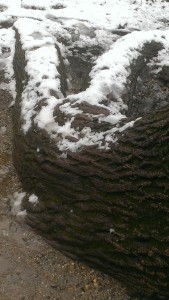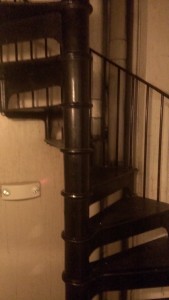Beltane Early Growth Moon
“To be rooted is perhaps the most important and least recognized need of the human soul.”
Simone Weil
Not surprising this is an unrecognized need because for most people for most of human history being other than rooted was not an option. You were born within the sound of a church bell or a muezzin or a farm dinner bell and never got beyond them.
(Jean-Léon Gérôme. A Muezzin Calling from the Top of a Minaret the Faithful to Prayer (1879)
It is only as the world has begun to urbanize that we have had to consider our roots, or the lack of them. In the US only 5% of the population lived in cities in 1800, but 50% did by 1920. 80% do now. This trend is global. In 2008 for the first time in history over 50% of the world’s population live in cities. Interestingly one website on urbanization made this point, since no more than 100% of a population can live in cities, urbanization will come to a foreseeable end.
It is, though, this great hollowing of rural areas that underlines our need for roots just at the point when we realize we no longer have them. Or, rather, it is this realization that makes the need for roots evident.
Let’s stick to the vegetative metaphor. Roots say where we are planted, where we have  pushed organs for receiving nourishment deep into the soil, even into the subsoil of the place where we live. Yes, you might want to talk about relationships and regular shops and schools and sports teams, yes, those things are part of a broad understanding of the metaphor, but I’m wanting to stay closer to the plant.
pushed organs for receiving nourishment deep into the soil, even into the subsoil of the place where we live. Yes, you might want to talk about relationships and regular shops and schools and sports teams, yes, those things are part of a broad understanding of the metaphor, but I’m wanting to stay closer to the plant.
(I worked in this factory when I was in high school, 1968. Johns-Manville)
If we eat local food, our bodies themselves become literally one with the earth in a particular locale. Knowing where we are, not only in terms of street names and legalities, but also in terms of trees, food crops, fish, game, local meats, birds, flowers, grasses, even the so-called weeds is also part of having roots. Embracing the weather, the local changes, as in part defining who you are, that’s having roots.
It is, I think, these things that disorient us the most when we move away from our home.  We think it’s the people or the customs or the new boulevards and highways, but in a deeper place, in the place where you know you are, it’s the Indian paintbrush that no longer shows up, the alligator not waiting in the pond, the summer that fades too soon or lasts too long, these things make us not only feel disconnected from the place where we are; they are in fact the evidence of our disconnection.
We think it’s the people or the customs or the new boulevards and highways, but in a deeper place, in the place where you know you are, it’s the Indian paintbrush that no longer shows up, the alligator not waiting in the pond, the summer that fades too soon or lasts too long, these things make us not only feel disconnected from the place where we are; they are in fact the evidence of our disconnection.
(fall harvest, 2011, Andover)
If we have roots, we usually don’t know it; if we’re missing them, well…


